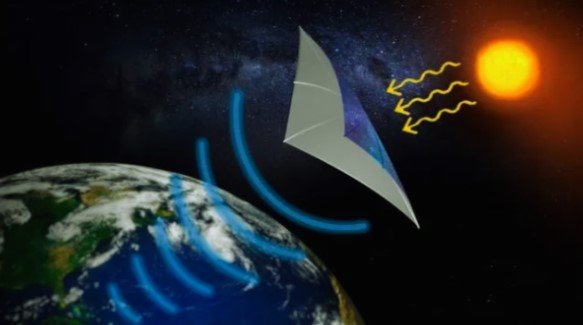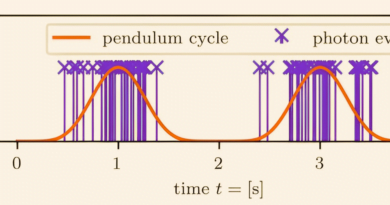Japanese Satellite to Transmit Solar Power to Earth by 2025

A Japanese satellite will revolutionize energy transmission by beaming solar power to Earth by 2025. Explore the future of sustainable energy and the potential impact of this groundbreaking technology.
Japan is making strides in space-based solar power, with plans to beam power to Earth next year. This initiative follows a similar success by U.S. engineers, signaling progress toward a potential space-based solar power station, crucial in the global shift away from fossil fuels amidst climate change concerns.
At the recent International Conference on Energy from Space, Koichi Ijichi, an adviser at Japan Space Systems, outlined Japan’s roadmap for a groundbreaking orbital demonstration of a miniature space-based solar power plant. This plant aims to wirelessly transmit energy from low Earth orbit to Earth. The satellite, weighing about 180 kilograms (400 pounds), will transmit approximately 1 kilowatt of power from an altitude of 400 kilometers (250 miles). While modest in scale, this demonstration signifies significant progress toward commercial viability.
The spacecraft will utilize a 22-square-foot (2 square meters) onboard photovoltaic panel to charge a battery. The accumulated energy will then be converted into microwaves and directed toward a receiving antenna on Earth. Due to the spacecraft’s high speed of approximately 17,400 mph (28,000 km/h), the receiving antenna elements will need to be spread over a distance of about 25 miles (40 km), spaced 3 miles (5 km) apart, for efficient energy transmission.
Scheduled for launch in 2025, the project, named OHISAMA (Japanese for “sun”), will undergo ground-based wireless transmission demonstrations before an upcoming trial from an aircraft in December. This aircraft, equipped with an identical photovoltaic panel, will transmit power over a distance of 3 to 4 miles (5 to 7 km).
Space-based solar power generation, once considered science fiction since its proposal in 1968 by former Apollo engineer Peter Glaser, is gaining traction due to recent technological advancements and the urgency to combat climate change. Unlike traditional renewable energy sources like solar and wind power, space-based solar power offers constant availability regardless of weather conditions or time of day.
Despite its potential, challenges remain, including the high cost of building, launching, and assembling orbital power stations, as well as concerns about its carbon footprint compared to Earth-based renewable energy technologies. Nonetheless, ongoing developments in robotic technologies, improvements in wireless power transmission efficiency, and the advent of SpaceX’s Starship rocket bring space-based solar power closer to reality.
Numerous space-based solar power demonstration projects are underway worldwide, involving space and research agencies such as the European Space Agency, the Defense Advanced Research Projects Agency, and the U.S. Air Force, along with commercial companies and startups. While skeptics exist, recent advancements and growing interest indicate a promising future for space-based solar power as a clean and sustainable energy source.








